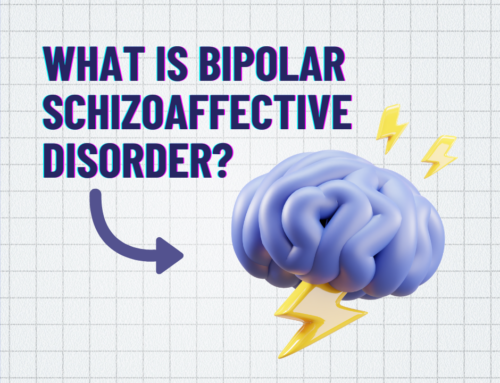A primary care doctor will advise their young patients on how to take care of their physical health, but their mental health is just as important. According to the American Medical Association, 80% of pediatricians who have had patients older than nine years old have attempted suicide. Still, only half of the pediatricians felt prepared to discuss suicide prevention. More lives would be saved by having more pediatricians screen their patients for signs of suicidal thoughts and talk prevention efforts.
The Importance of Screenings
People tend to panic when talking about suicide for fear that talking about it will increase the chances of an attempt. The truth is that letting young patients know there is a way to tackle their depression will give them hope for a better future. The first step is by screening patients.
Doctors can use screening tools like Ask Suicide-Screening Questions, the PHQ-9 Modified for Adolescents, or the Columbia Suicide Severity Risk Scale. Once a doctor sees the scores and results of each screening test, they will have a better idea of how to move forward with their patient.
Assess Risk Level
Assessing patients’ risk levels can give primary care doctor’s an idea of how to intervene. If a patient is at low risk for suicide, a doctor can suggest counseling, give them resources for help, and follow up. If a patient is at moderate risk for suicide, counseling and resources should still be provided; however, a safety plan should also be put into place. When a patient is at severe risk for suicide, a doctor should inform and speak to the patient’s relatives and monitor the child’s actions. A safety plan at this point should also include crisis referrals.
How Health Systems Can Help
If mental health is to be considered as serious as physical health is, more needs to be done to save lives. Clinicians and non-clinicians can be informed about mental health and suicide warnings. Biological factors, psychological, social, and environmental factors play a role in a person’s chances of attempting suicide. These factors need to be taken into account for each patient.
Doctors can also get routine consent to involve the patient’s family at the start of treatment. Then, healthcare workers can learn how to conduct routine screenings for each doctor’s appointment and establish suicide prevention techniques. When primary doctors make sure that a patient’s mental health is in as good shape as their physical health, suicide rates will decline.
When a child goes to the doctor annually, their physical health is primary. The problem is that a child’s mental health is often overlooked, leading to an increase in suicides. If more were being done in healthcare systems for youth mental health, more lives would be saved. At Alta Loma, we understand the importance of reducing suicidal tendencies by treating depression, and we are here to help you. While we do not treat adolescents, we can provide adequate referrals to help individuals seeking care for their children find treatment. Call us at (866) 457-3843 for more information.



